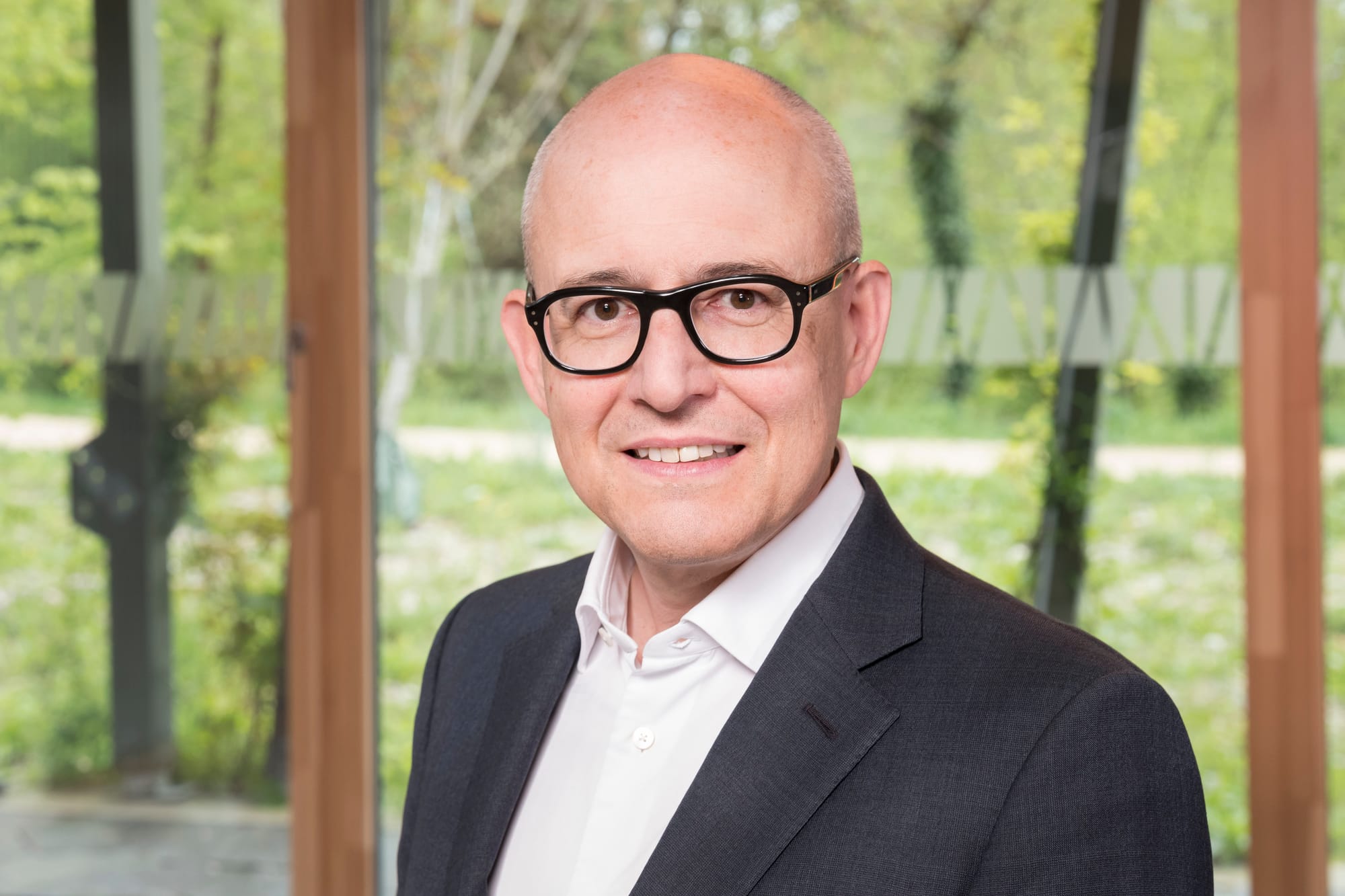Filed on July 25, 2025, and validated at the end of September, the two federal popular initiatives “Against the destruction of our forests by wind turbines (initiative for the protection of forests)” and “For the protection of direct democracy with respect to wind farms (initiative for the protection of municipalities)” have reignited the wind energy question in Switzerland.
To continue our overview, we were missing an energy producer. In this fourth instalment, we therefore give the floor to BKW, represented by its head of media relations, Philip Mäder.
In light of the successful filing of the two latest initiatives devoted to wind energy, a first question arises: does this energy source really have a future in Switzerland?
Their implementation would hinder the essential investments needed to urgently expand wind energy. In particular, retroactive bans would create significant legal uncertainty: such provisions would make it possible to challenge investment projects that have already been approved and are legally valid for the production of renewable energies.
The acceptance of these initiatives would lead to the immediate shutdown — or even the dismantling — of renewable energy production facilities in Switzerland. Such an approach would not be consistent with the Swiss legal system and would weaken legal certainty. BKW therefore clearly opposes it.
How can such an anti-wind surge in our country be explained?
The Swiss people have repeatedly and clearly voted in favour of the development of renewable energies, including wind energy. The acceptance of the Electricity Act in June 2024, as well as several cantonal votes, are eloquent examples of this. However, opponents of wind energy can block projects for very long years because of the current permit and appeal procedures, as demonstrated by the case of the Tramelan wind farm.
Switzerland is aiming to install around 1,000 wind turbines by 2050 as part of its energy mix. But given the current context, does that figure not seem out of reach?
The construction of just 200 to 300 units would already represent progress in Switzerland. They could generate between 1 and 2 TWh of electricity, mainly in winter, thereby providing an ideal complement to solar energy.
How are your own wind projects at Romande Energie doing?
We hold a valid building permit for the “Parc éolien de la Montagne de Tramelan et Montbautier” project, as well as most of the necessary building, access and easement rights. In addition, the voters of the municipalities of Tramelan and Saicourt approved the project in March 2015. Despite the oppositions, we will continue our efforts to realize it.
These investments abroad help to strengthen Switzerland’s security of supply: when our neighbouring countries have enough electricity, our country benefits as well.
Wouldn’t it be better, for BKW, to go finance wind projects abroad, where procedures encounter fewer obstacles, and then import that energy into Switzerland?
As part of its “Solutions 2030” strategy, BKW will invest around four billion Swiss francs over the next six years in the energy transition, half of it in Switzerland. In our country, we intend to invest wherever possible and have a project portfolio of about one billion Swiss francs.
However, projects are often delayed in Switzerland by opposition and lengthy approval procedures. That is why we also finance projects abroad. Italy, France and Germany are our priority markets. These are mainly investments in wind and solar farms, as well as in large storage batteries. These investments abroad help to strengthen Switzerland’s security of supply: when our neighbouring countries have enough electricity, our country benefits as well.
In September, the Federal Chambers adopted the law aimed at accelerating procedures for renewable energies. Could this give wind energy a bit of momentum again in Switzerland?
Switzerland is clearly lagging behind its neighbouring countries in the development of wind energy. Yet, to guarantee the country’s security of supply and produce enough electricity in winter, it must continue the growth of this sector.
The acceleration ordinance adopted during the autumn 2025 session is of particular importance in this regard, especially for wind energy. From now on, wind installations of national interest no longer require a specific listing in the cantonal master plan. In addition, the law specifies for the first time how the approval process for cantonal plans for such installations must be designed.
One of the central elements of this reform is the creation of a concentrated approval process at the cantonal level, as well as the introduction of a new rule: to obtain a project authorization, it is no longer necessary to present the final models of the installations, but only their maximum dimensions (including energy and ecological aspects). This provision allows the latest technological advances to be integrated when the final type of installation is chosen, while ensuring compliance with land use and environmental protection requirements.
The agreement of the municipalities concerned is still required, however, unless cantonal law provides otherwise. In addition, a legal basis for the legal protection of wind installations has been created: a higher threshold for appeals is now foreseen. Only appeals to the higher cantonal court are permitted against the new plan approvals mentioned above. It therefore remains to be seen whether this reform will produce the expected effects.
How can the wind energy question be relaunched in Switzerland? How can the infamous “NYMBY” (Not In My Backyard) and “BANANA” (Build Absolutely Nothing Anywhere Near Anything) syndromes be overcome?
The Swiss people have repeatedly and clearly voted in favour of the development of renewable energies. However, without the willingness of all parties to compromise, a significant expansion of renewable energy production in Switzerland is not possible — whether wind energy or hydropower. Permit and appeal procedures must therefore be significantly accelerated. In this respect, the acceleration ordinance is an important step.
This article has been automatically translated using AI. If you notice any errors, please don't hesitate to contact us.




